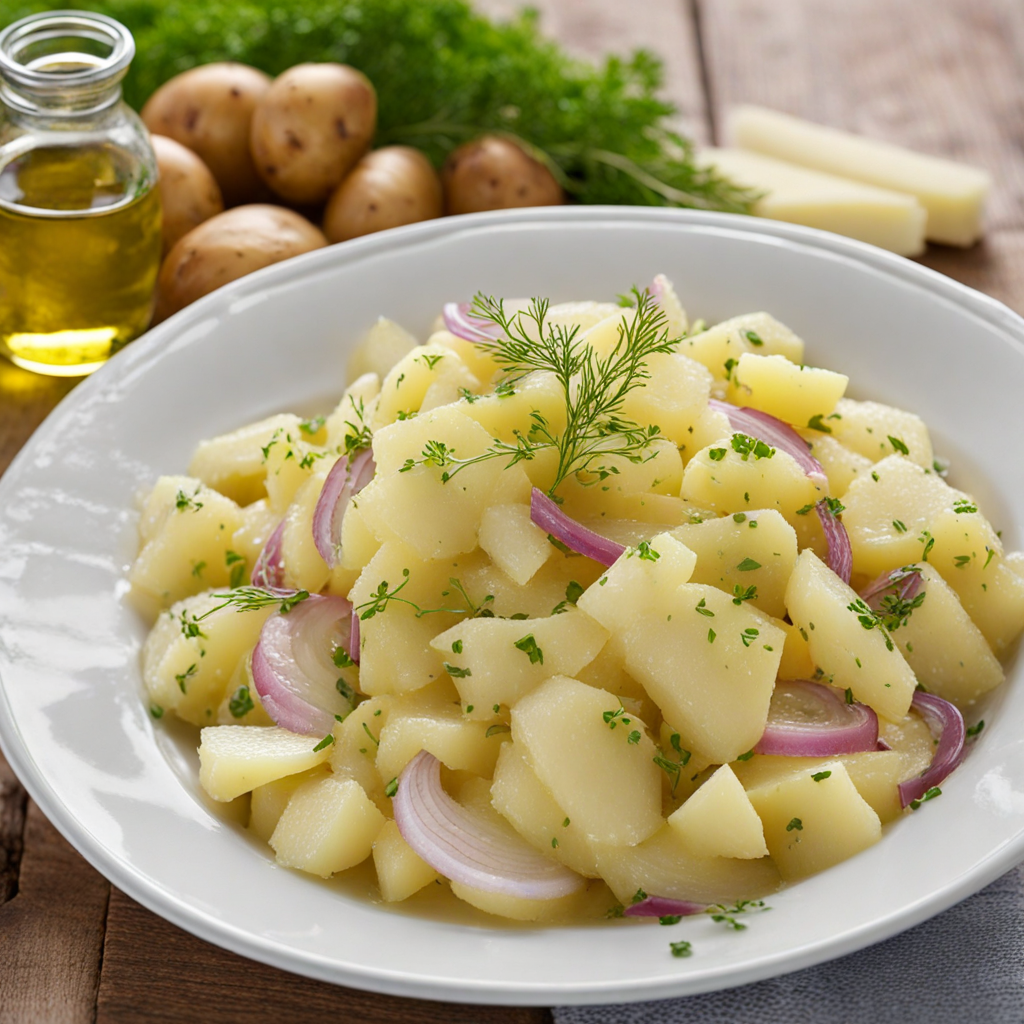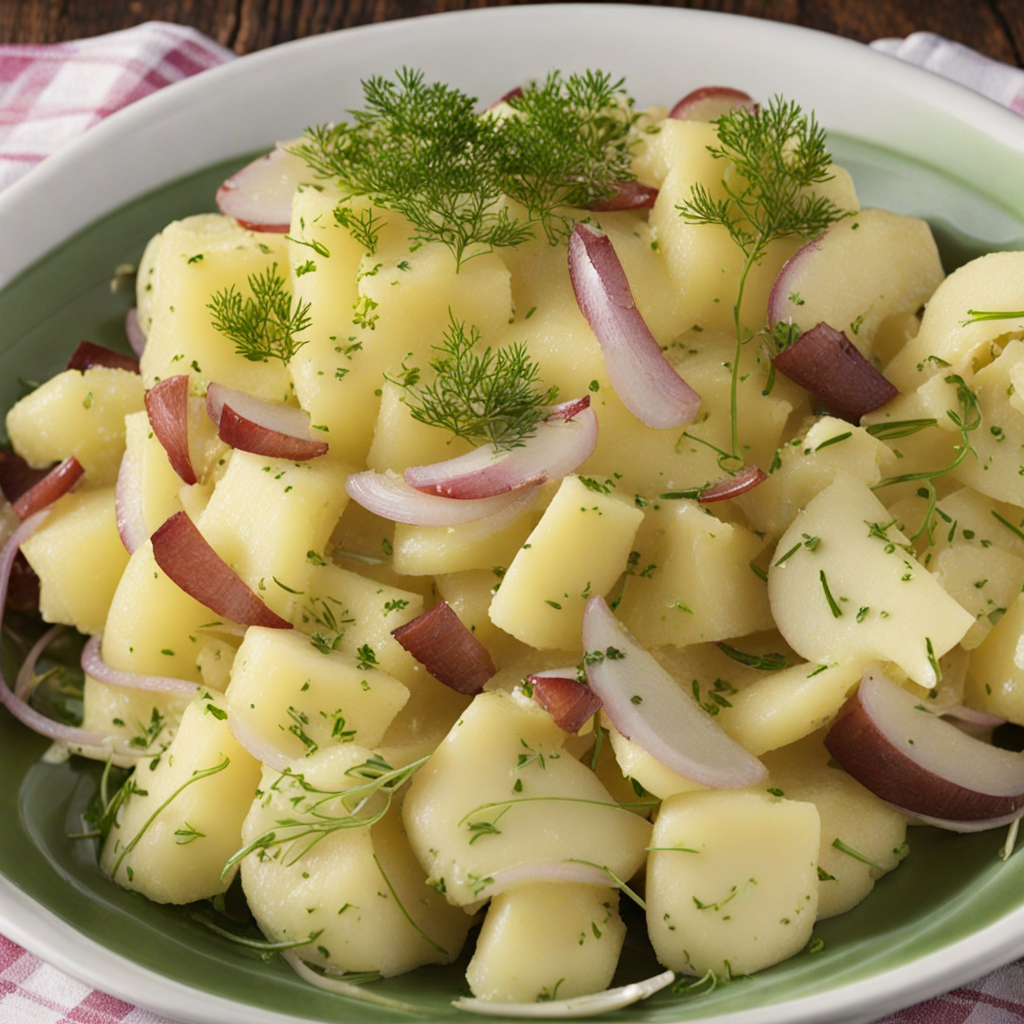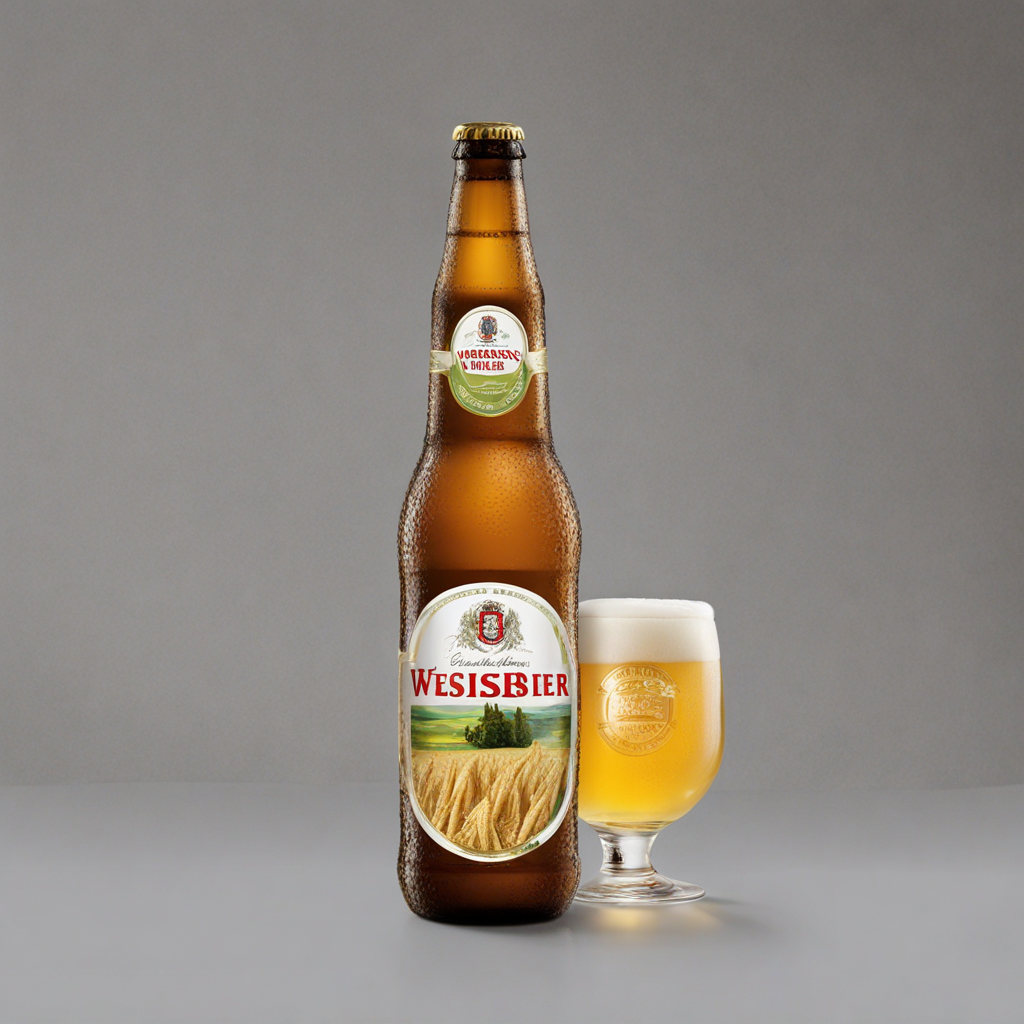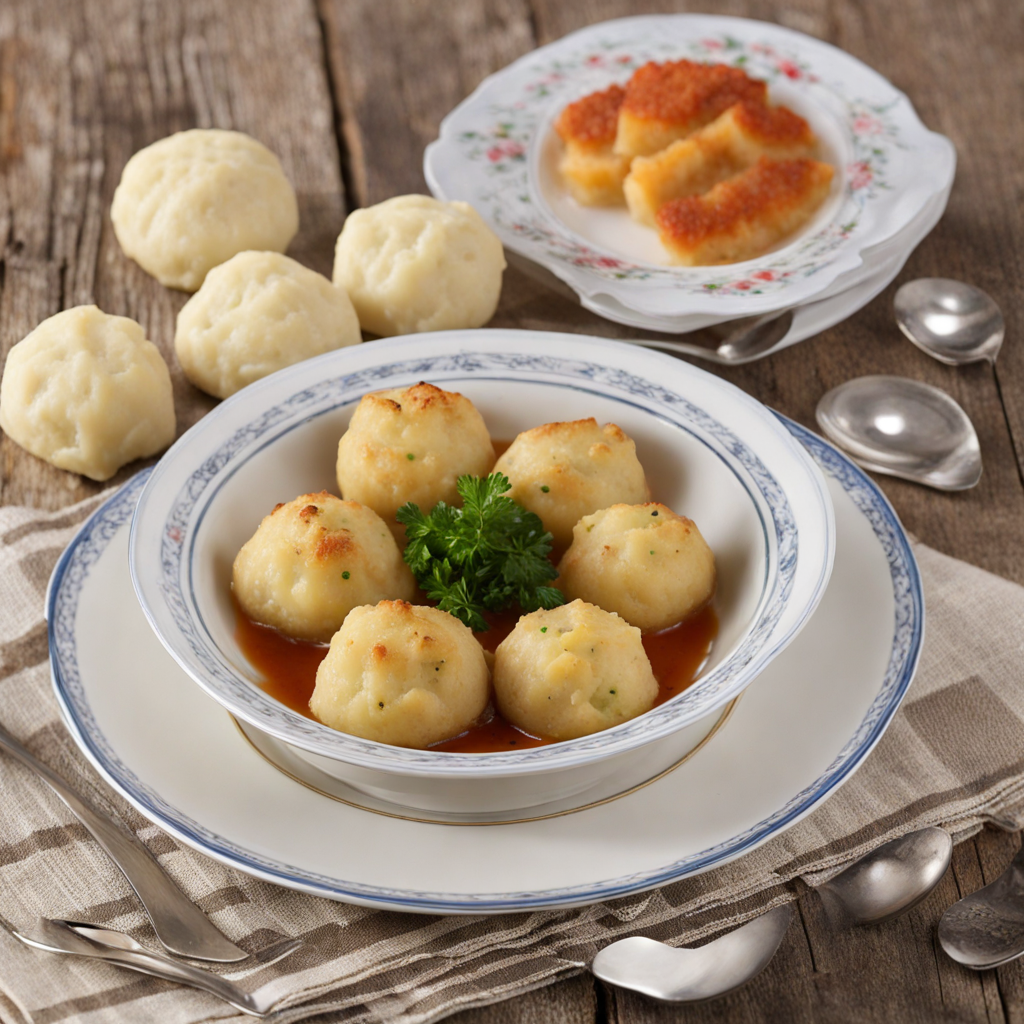Erdäpfelsalat
Erdäpfelsalat, also known as Austrian potato salad, is a delightful dish that captures the essence of comfort food with its simple yet flavorful ingredients. Made primarily from tender, boiled potatoes, this dish is often enhanced with a variety of fresh herbs, such as chives and parsley, which bring vibrant color and a refreshing taste. The potatoes are typically sliced thinly and tossed in a tangy dressing that may include vinegar, oil, and mustard, providing a perfect balance of acidity and richness that elevates the humble potato to new heights. The texture of Erdäpfelsalat is another key feature that makes it so enjoyable. The potatoes remain slightly firm, allowing them to hold their shape while absorbing the dressing, resulting in a salad that is both creamy and satisfying without being overly heavy. Often, diced onions or shallots are added for an aromatic kick, and some variations incorporate ingredients like pickles or bacon, which lend a savory depth to the dish. Each bite is a harmonious blend of flavors that dances on the palate, making it a popular choice for gatherings and celebrations. Erdäpfelsalat is incredibly versatile, often served warm or cold, making it an excellent side dish for various main courses, particularly grilled meats or sausages. It can also stand alone as a light meal or picnic option, embodying a rustic charm that reflects the heart of Austrian cuisine. Whether enjoyed at a festive gathering or as a comforting weekday side, Erdäpfelsalat invites food lovers to experience the delightful simplicity and robust flavors of Austria's culinary heritage.
How It Became This Dish
Erdäpfelsalat: A Culinary Journey Through Austria Origins of Erdäpfelsalat Erdäpfelsalat, or potato salad, holds a special place in Austrian cuisine, reflecting a rich tapestry of history, culture, and culinary evolution. The name itself derives from the Austrian German term "Erdäpfel," which means potato, and "Salat," meaning salad. The potato, native to South America, was introduced to Europe in the late 16th century by Spanish explorers, but it was not until the 18th century that it began to gain popularity across the continent, particularly in Central Europe. In Austria, the potato quickly became a staple food item, thanks in part to its versatility and ability to thrive in the country's temperate climate. The first documented recipes for potato salad in Austria appeared in the late 19th century, coinciding with the potato's rise as a popular and affordable food for the working class. Over time, Erdäpfelsalat evolved from a simple peasant dish into a beloved national favorite, appearing at family gatherings, celebrations, and everyday meals. Cultural Significance Erdäpfelsalat is more than just a side dish; it embodies Austrian hospitality and culinary tradition. Often served at festive occasions, such as weddings, birthdays, and holidays, Erdäpfelsalat is a popular accompaniment to traditional Austrian dishes like Wiener Schnitzel and grilled sausages. The salad also plays a role in communal dining experiences, where it is typically served in large bowls for guests to help themselves, fostering a sense of togetherness and celebration. The dish also symbolizes the adaptability of Austrian cuisine. Each region of Austria has its own unique take on Erdäpfelsalat, influenced by local ingredients and culinary traditions. For example, in Vienna, the salad is traditionally made with a tangy vinegar dressing, while in Styria, pumpkin oil is often added for a rich, nutty flavor. This regional diversity reflects the broader cultural mosaic of Austria, where influences from neighboring countries, such as Hungary and Italy, have shaped the national palate. Development Over Time The evolution of Erdäpfelsalat can be traced through various historical and social changes in Austria. In the early 20th century, as the country underwent significant political and economic transformations, the potato salad took on new dimensions. The post-war period saw a surge in culinary creativity, as ingredients became more accessible and people began to experiment with flavors and textures. The introduction of mayonnaise in the mid-20th century brought a new creamy element to Erdäpfelsalat. While some traditionalists resisted this change, fearing it would overshadow the potato's natural flavor, many embraced the added richness. This period also saw the rise of convenience foods, with pre-packaged potato salads becoming popular in supermarkets. However, the homemade version, made with fresh ingredients and traditional recipes, remains a staple in Austrian households. In recent decades, there has been a resurgence of interest in traditional cooking methods and local ingredients, leading to a revival of classic Austrian dishes like Erdäpfelsalat. Chefs and home cooks alike are increasingly emphasizing the importance of sourcing local potatoes, often selecting heirloom varieties that offer a superior taste and texture. This movement aligns with a growing trend towards sustainability and a farm-to-table approach, highlighting the importance of seasonality and quality in Austrian cuisine. Classic Ingredients and Preparation The classic preparation of Erdäpfelsalat typically involves boiling waxy potatoes until tender, allowing them to cool slightly before peeling and slicing. The dressing is a crucial component, traditionally made from a combination of onion, vinegar, oil, mustard, salt, and pepper. Some variations may include broth or stock to enhance the flavor, while others might incorporate fresh herbs such as parsley or chives for added brightness. The assembly of the salad is a labor of love; the warm potatoes are gently mixed with the dressing, allowing them to absorb the flavors. This attention to detail is what sets apart a truly exceptional Erdäpfelsalat from a mediocre one. The balance of acidity and richness, along with the texture of the potatoes, creates a dish that is both comforting and refreshing. In addition to the classic version, numerous regional adaptations exist. For instance, in Upper Austria, bacon or speck is often added for a savory note, while in Tyrol, apple slices might be included for a hint of sweetness. These variations demonstrate the dish's versatility, allowing it to adapt to different tastes and occasions. Modern Interpretations As gastronomy continues to evolve, Erdäpfelsalat has found its way into contemporary cuisine, with chefs experimenting with innovative interpretations. Some modern recipes incorporate ingredients like roasted vegetables, smoked fish, or even exotic spices, reflecting Austria's increasingly globalized culinary landscape. These creative adaptations not only honor the traditional roots of Erdäpfelsalat but also showcase the dish's ability to evolve and remain relevant in today’s culinary scene. Moreover, the rise of health-conscious eating has led to lighter versions of Erdäpfelsalat. Instead of mayonnaise, many chefs are opting for yogurt or vinaigrette-based dressings, offering a fresher, tangy alternative that complements the potatoes without overpowering them. Conclusion: A Dish of Heritage and Heart Erdäpfelsalat is more than just a salad; it is a reflection of Austria's rich culinary heritage and a testament to the adaptability of its cuisine. From its humble origins in the fields of rural Austria to its status as a beloved national dish, Erdäpfelsalat has captured the hearts of many, symbolizing the warmth and hospitality of Austrian culture. As the world becomes increasingly interconnected, the continued evolution of Erdäpfelsalat serves as a reminder of the importance of tradition, community, and the joy of sharing food with loved ones. Whether enjoyed at a festive gathering or a simple family dinner, Erdäpfelsalat remains a quintessential part of Austria’s culinary identity, a dish that tells a story of resilience, creativity, and togetherness.
You may like
Discover local flavors from Austria







